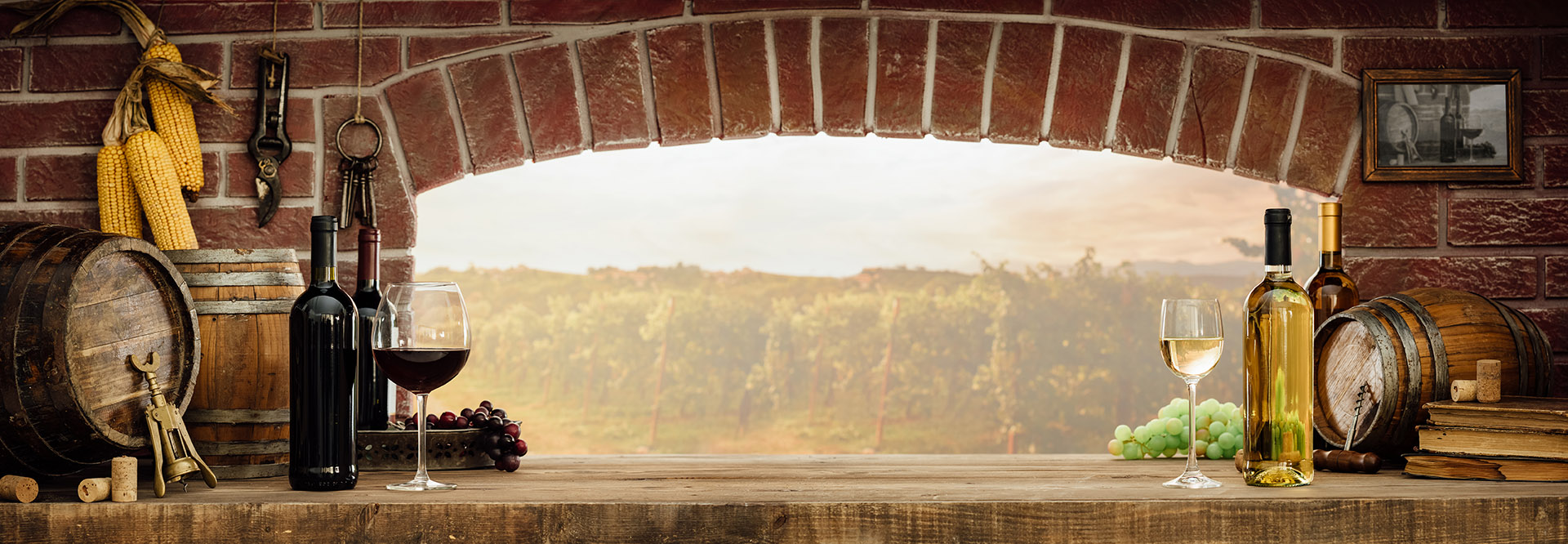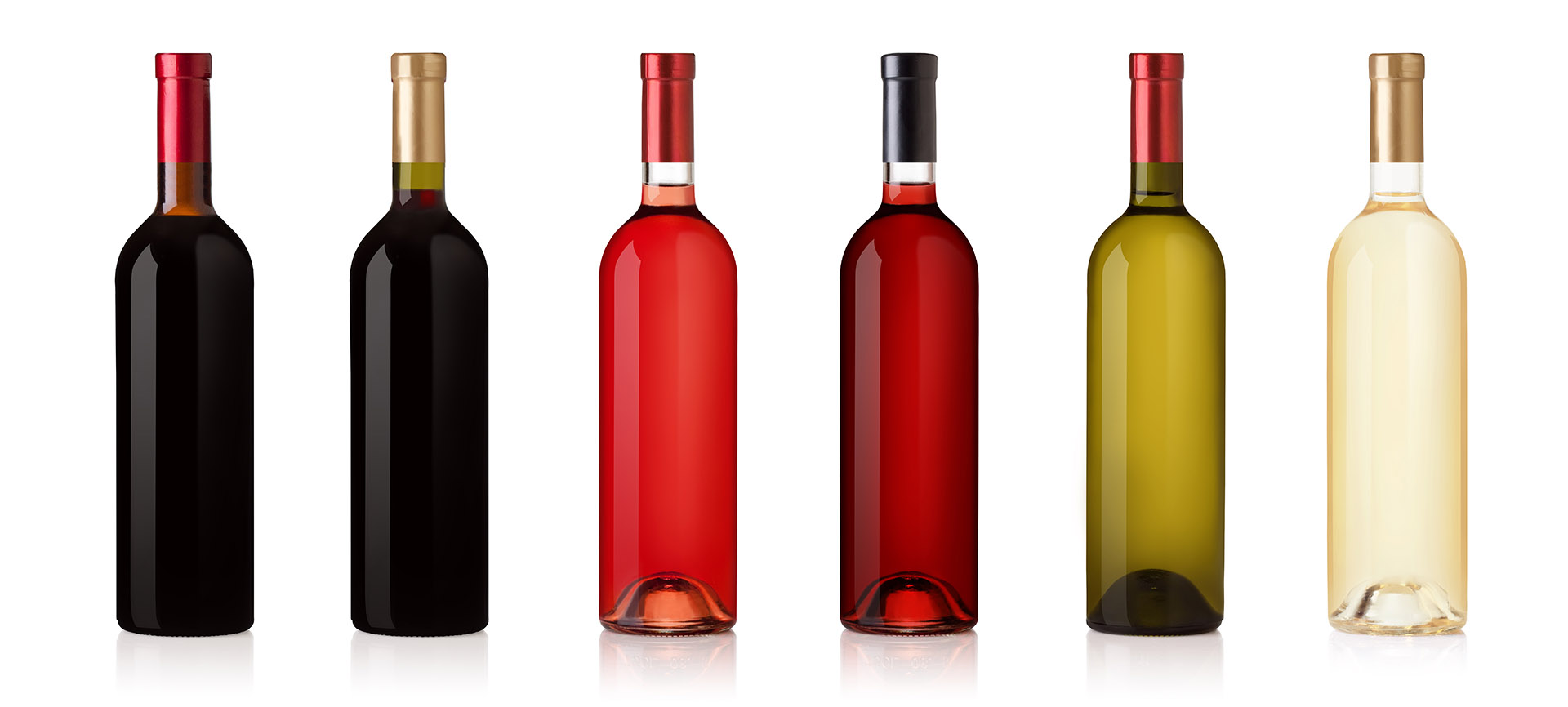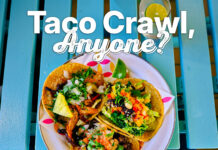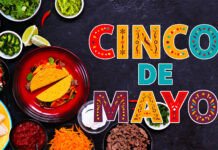The holidays are upon us! Out comes the bubbly, the sweets, the drys, the reds, the whites and the rosés. While summer calls upon sparkling white wines, winter demands everything from dry reds to sparkling champagnes depending on the occasion.
Perhaps it’s a holiday dinner, where a roast is the main course. Do you go with a Zinfandel or a Cabernet? Do you know the difference? Maybe it’s a New Year’s celebration, and the bar is lined with your choices of champagnes or white wines. What do you pick if you don’t know what you will like?
Wine is complicated and diverse, so much so that there’s a title for people who understand it to an expert degree and knowledgeable manner (a sommelier). On the other hand, for something so complex it seems to be show up at most dinners, parties and occasions that call for drinks.
The world of vino has a vocabulary of its own and it’s good to know how to navigate the wine waters. If you’re still feeling a little fuzzy, you can ask your waiter or sommelier for tips!

The Basics
Wines originate from a lot of places. You’ll almost always see the country or place of origin listed by a wine on a menu. Where wine historically originated from is up for debate, though earliest evidence points to areas in West Asia. A label on a bottle will also include the name of the wine’s producer as well.
The name of the wine itself comes from either the main grape varietal used or the region where the wine was produced. So any time you see a wine labeled as a “Chardonnay”, Chardonnay grapes were used. Similarly, anything labeled “Bordeaux” was produced there. Some wines a blends and will feature more than one grape variety.
White wines tend to be zesty, sweet and light. Red wines tend to be velvety and deep in flavor. The main difference? During fermentation, red wine is made from grapes with skin on. The grapes are dark-skinned grapes, think deep blues, blacks and purples, but the main reason for color is that red wine is fermented with the whole crushed grape. White wine ferments only the grape juice. White wine can made from darker grapes, but it also is created from green or reddish grapes.
Whites tend to be lighter in flavor, they are usually aged for a shorter amount of time and typically in stainless steel vats (though some, like Chardonnay, are often aged in oak). Red wines are often aged in barrels, importing flavors from the barrel itself. Reds age for longer and offer more intense flavors!
The Science
If you know a bit more about wines, then you’ve probably heard the term “tannin” at some point or another. Tannins do not only exist in wine, they’re also in coffee, tea leaves, some nuts, dark chocolate and whole spices. The scientific definition? Tannins are naturally occurring polyphenol, which are macromolecules. The definition for those of us who only dealt with chemistry in high school? Tannins are a compound that adds bitterness and astringency to wines.
Red wines have more tannins, which is why they go well with intense meaty or fatty flavors. The astringency of the wine adds balance to your steak. Tannins are kind of like a texture, they can add that dry or cottony feeling to your mouth. Similar to when you’ve eaten an unripe fruit. A decanter can help soften those tannins.
Fun fact: Red Wine has more antioxidants and more tannins, both of which lead to that saying that “a glass of red” is good for your health and heart.
Feeling overwhelmed, or perhaps a bit wine drunk on knowledge? It’s time to talk about dry versus sweet. Don’t worry, this part is more straightforward. It comes down to sugar, with sweet wines having more of it. In order to be considered a dry wine, the wine must have less than one percent residual sugar content. Sweet wines often have around three percent. The fermentation process length is what affects the sugar content. The longer it ferments, the higher the sugar level. Makes sense. We know that red wine ferments longer, which is why it is often not as sweet as the shorter fermenting white wines.

The Wines
Here are some of the most common wines and what they pair well with.
Whites:
Chardonnay: France and Burgundy origins. Dry. A bit buttery or nutty and pairs well with creamy pasta, chicken or salmon.
Pinot Grigio: French-origin grape, but often Italian. Dry to sweet, often fruity, and pairs well with shellfish, light dishes and cheeses.
Sauvignon Blanc: French-origin grape. Crisp and dry, it goes great with green veggies or briny foods.
Riesling: German-origin grape. Lighter bodied and semi-sweet. Have a glass with cheeses, chicken dishes or fish.
Reds:
Cabernet Sauvignon: French-origin grape. Dry. Rich and earthy, it’s steak’s best friend.
Merlot: French-origin grape. Dry, but less so than other reds. Dark and fruity, it pairs well with chicken and grilled meats.
Pinot Noir: French-origin grape. Dry. It’s smooth and medium-bodied, great with mushrooms or lamb.
Zinfandel: Possibly Croatia or Italy, but super popular in California. This wine is bold and forward, but it pairs well with smoky meats like barbecue.
Of course, we can’t over look the newest and flashiest of the wines (and one of the more popular golds at the moment): Rose. This wine is created when red grape fermenting time is cut short, giving it that pretty pink color. It’s pretty much a subdued red wine, since it is fermented with skin on grapes. These wines are usually a blend and are fresh and fruity, varying from lighter shades to darker hues. Its middle profile means it pairs well with almost everything, probably leading to its recent massive popularity.

In Sipping Conclusion
You probably feel like a wine connoisseur at this moment, but believe it or not we barely scratched the surface of the world of wine (there’s a whole culture around the hows of drinking wine and glass holding too). At the end of the day and at the start of the meal, the main takeaway is that you won’t know until you try. Experiment with different wine flavors, profiles, brands and the whole lot until you know what you like and what you don’t.
Want to taste test without bottle buying? There’s several gorgeous wineries here in and around Gwinnett County that are happy to bring out their wine flights and samplings.
Chateau Elan in Braselton
Cloudland Vineyards and Winery in Buford
Wolf Mountain Vineyards in Dahlonega
Sweet Acre Farms Winery in Alto








